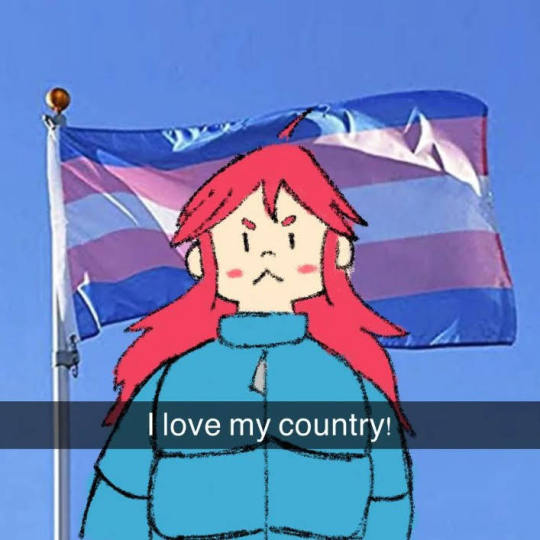#Flag
Text
Crazy thought.
If someone was born female and named Romania, and they end up wanting a more masc name (🏳️⚧️), they should consider Chad.
This is because the flags of both Chad and Romania are the same.
So it represents how they're still the same person, but different now.
The same could go the other way round with an MTF named Chad who should consider the name Romania.
Though, it could also be taken the wrong way, as the appearance stayed the same and everything else has, which is kinda neg for trans people.
But idk! Just a little brain fart :P
#trans#transgender#flag#flags#transexual#mtf trans#mtf girl#ftm trans#ftm boy#mtf#ftm#enby#nonbinary#non biney#non binary#nonbiney#lgbt pride#lgbtq community#lgbtq#lgbtqia#lgbt#romania#chad
35 notes
·
View notes
Text
Bambi-sexual flag

Definition of bambi-sexual
Bambi-sexual, also spelled bambisexual or simply shortened to bambi, is a term for people who prefer nonsexual touch over sexual touch. The term originated in the 1980s or earlier.
The term was featured in The Alyson Almanac, which was originally published in 1989, with its second edition published the following year. In The Alyson Almanac, the following definition was given:
BAMBI-SEXUALITY. Physical interaction centered more about touching, kissing, and caressing than around genital sexuality.
Bambi-sexuality is often associated with lesbians (i.e. bambi lesbians), but is not exclusive to them. The term can be used by straight people, gay men, nonbinary people, aromantic people, and people of any other orientation and gender, so long as there is a preference for nonsexual touch.
Bambi-sexual people may or may not be additionally interested in sex. Bambi-sexuality also may or may not be an asexual/ace-spec sexuality, depending on the individual.
Explanation behind the flag
I based the colors on Bambi, from the 1942 Disney film by the same name. Each stripe also has its own additional meaning.
Yellow represents light and/or nonsexual forms of touch
Orange represents energy, joy, and warmth
Red represents nonsexual passion and intimacy
Purple brown represents asexual and ace-spec bambis
Yellow is a light color, which feels fitting to represent touch which does not involve genital contact, as genital touch/sex is often associated with darkness (dim lights, nighttime, etc). The lightness of the yellow can also allude to touch which is, in and of itself, considered a "light" form of touch, such as gentle caressing.
Orange commonly represents energy, joy, and warmth. This stripe highlights some of the positive emotions that can come with physical intimacy, whether of a sexual nature or not.
Red is commonly depicted as a fiery, passionate color. It is often used to represent things like love, sex, and intimacy. In this case, this is nonsexual passion and intimacy.
Purple brown represents asexual and ace-spec bambis because purple is commonly used to represent asexuality, and there is a lot of overlap between asexuality and bambi-sexuality. Some consider bambi-sexuality to be somewhat of a precursor to asexuality; people who identify as asexual now may have identified as bambi-sexual a few decades ago. While I'm not asexual/ace-spec myself (I'm just a bambi), I felt that this was important to include.
On a similar note, I decided to use only four stripes, specifically so it would look good/blend well with the asexual flag, due to the overlap in communities and identities.
LPS flag and bambi pride backgrounds for fun!

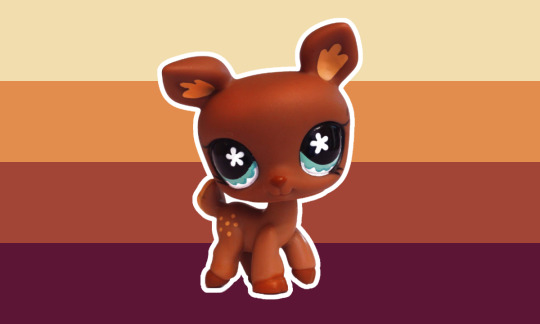





#bambi#bambisexual#bambisexuality#bambi-sexuality#bambi-sexual#ace spectrum#asexual#asexuality#ace#ace spec#acespec#asexual spectrum#aspec#lgbt#lgbtq#lgbtqia#queer#pride flag#pride flags#flag#flags
38 notes
·
View notes
Text
Beautiful Non-National Flags, Part 1
So many people see and love the flags of the 193 UN recognized nations, but I want to take a look at a few of my favorite regional/provincial/people group flags around the world.
One of my favorite flags, and I think one of the most beautiful flags, is the banner of East Turkestan

The Kökbayraq, or sky flag, represents both the geographic region of East Turkestan, and the Uyghur people, a Turkic people group located in what is now Xinjiang Autonomous Region, People's Republic of China (PRC). The flag was flown by the short lived (one year) reign of the Republic of East Turkestan (1933-34), and has been used by the diaspora of the Uyghur people as they flee the authoritarian rule of the PRC. In the modern day, it serves as symbol of protest against the ongoing genocide being conducted by the Chinese Communist Property.
The beautiful simplicity of the flag and its striking blue color make the flag instantly eye-catching. It's similarity to the Turkish flag is no coincidence, it was designed to harken back to the Turkish flag. The beautiful sky blue represents all Turkic people. While the crescent and star can represent Islam, in this flag the crescent represents the idea of being victorious, and the star represents the nation itself.
The flag follows a 2:3 ratio and all of the design aspects follow the same guidelines as the flag of Türkiye. It was formalized and adopted in 1993 and the East Turkestan Government in Exile claims it at the official flag of the Republic of East Turkestan
As this is a flag I personally own, I'm more than happy to fly it when I can and speak about it. This flag is easily in my Top Ten list because of it's beauty, and I've used the the exact shade of blue in a couple of flag designs.
I highly recommend anyone interested research the culture and history of the Uyghur people, and learn about their plight as they're subjugated under the iron fist of the Chinese Communist Party.
#vexillography#vexillology#flag design#flag#flag summary#east turkestan#xinjiang#free east turkistan#flag of ethnic group#nonnational flag#regional flag#uyghurs
27 notes
·
View notes
Text

This is the flag of Sudan, there's currently a genocide happening there as well but please distinguish this flag from the Palestinian one

THIS is the flag of Palestine and her people, look at it and commit both flags to memory. Call for justice in both countries with their proper flags.
8K notes
·
View notes
Text
November 3 / 4, 2023 - A small selection of the many rallies across the world in solidarity with Palestine these past two days, as hundreds of thousands took to the streets all over the world once again to denounce Israeli crimes against the Palestinian people.
Palestine is not alone!

Auckland, Aotearoa
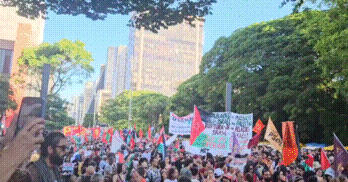
São Paulo, Brazil

Caracas, Venezuela
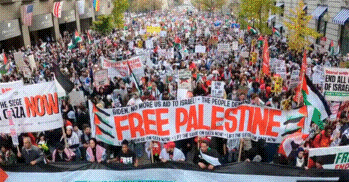
Washington DC, USA
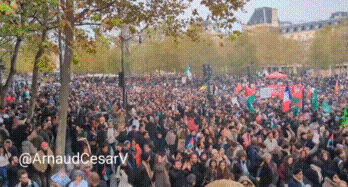
Paris, France


Montréal, Canada / Buenos Aires, Argentina
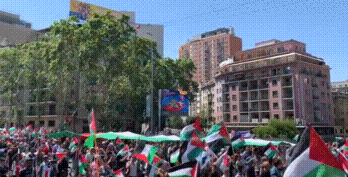
Santiago, Chile
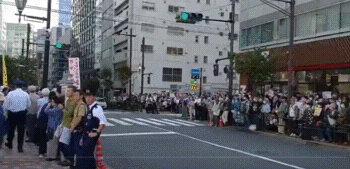
Tokyo, Japan
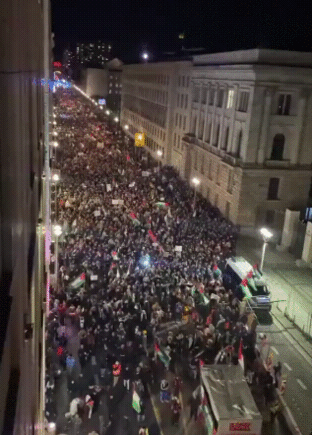

Berlin, Germany / London, UK
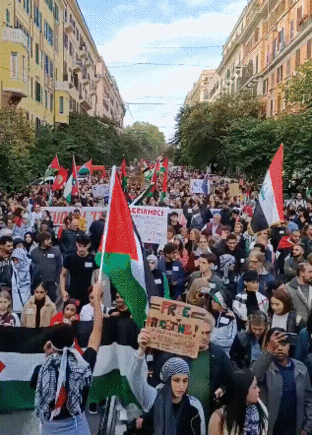
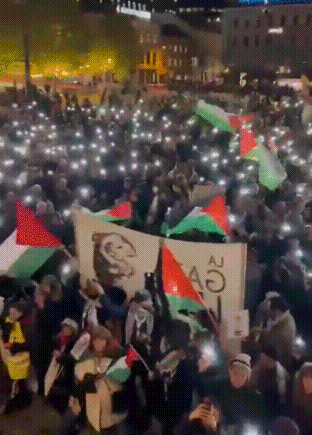
Rome, Italy / Oslo,Norway

Sydney, Australia
#free palestine#palestine#solidarity#demonstration#anti-colonialism#occupation#apartheid#flag waving#flag#long post#2023#gif#aotearoa#australia#argentina#chile#brazil#norway#italy#germany#france#uk#usa#venezuela#japan#canada
10K notes
·
View notes
Text

#pronouns#lgbtq community#lgbtqia#lgbt pride#lesbian#nonbinary#sapphic#nonbinary lesbian#queer#lgbtq#gay girls#flag#christianity#christian faith#christian broadcasting network#christian dior#christian living#bible#holy bible#christian blog#gender#gender stuff#intersex#queerness#queer stuff
9K notes
·
View notes
Text
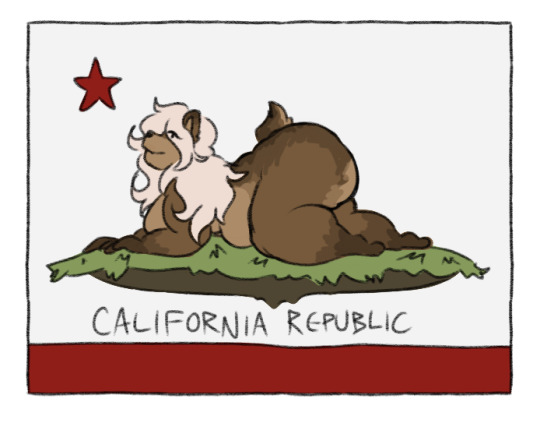
california but good
scientists believe to have found what california would look like if it were good, has science gone too far??
4K notes
·
View notes
Text
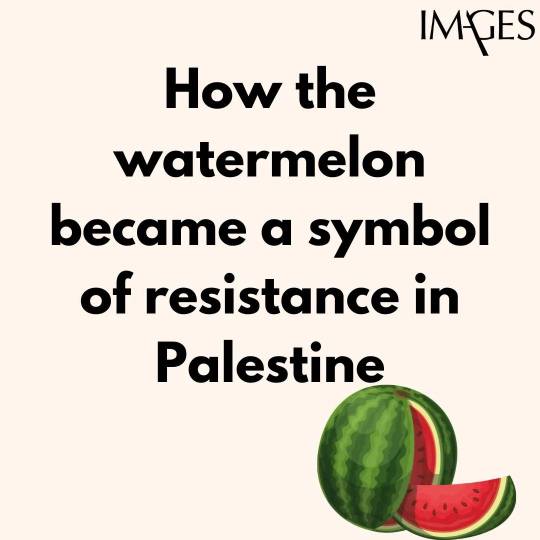


How the Watermelon Became a Symbol of Palestinian Solidarity
The use of the watermelon as a Palestinian symbol is not new. It first emerged after the Six-day War in 1967, when Israel seized control of the West Bank and Gaza, and annexed East Jerusalem. At the time, the Israeli government made public displays of the Palestinian flag a criminal offense in Gaza and the West Bank.
To circumvent the ban, Palestinians began using the watermelon because, when cut open, the fruit bears the national colors of the Palestinian flag—red, black, white, and green.
The Israeli government didn't just crack down on the flag. Artist Sliman Mansour told The National in 2021 that Israeli officials in 1980 shut down an exhibition at 79 Gallery in Ramallah featuring his work and others, including Nabil Anani and Issam Badrl. “They told us that painting the Palestinian flag was forbidden, but also the colors were forbidden. So Issam said, ‘What if I were to make a flower of red, green, black and white?’, to which the officer replied angrily, ‘It will be confiscated. Even if you paint a watermelon, it will be confiscated,’” Mansour told the outlet.
Israel lifted the ban on the Palestinian flag in 1993, as part of the Oslo Accords, which entailed mutual recognition by Israel and the Palestinian Liberation Organization and were the first formal agreements to try to resolve the decades-long Israeli-Palestinian conflict. The flag was accepted as representing the Palestinian Authority, which would administer Gaza and the West Bank.
In the wake of the accords, the New York Times nodded to the role of watermelon as a stand-in symbol during the flag ban. “In the Gaza Strip, where young men were once arrested for carrying sliced watermelons—thus displaying the red, black and green Palestinian colors—soldiers stand by, blasé, as processions march by waving the once-banned flag,” wrote Times journalist John Kifner.
In 2007, just after the Second Intifada, artist Khaled Hourani created The Story of the Watermelon for a book entitled Subjective Atlas of Palestine. In 2013, he isolated one print and named it The Colours of the Palestinian Flag, which has since been seen by people across the globe.
The use of the watermelon as a symbol resurged in 2021, following an Israeli court ruling that Palestinian families based in the Sheikh Jarrah neighborhood in East Jerusalem would be evicted from their homes to make way for settlers.
The watermelon symbol today:
In January, Israel’s National Security Minister Itamar Ben-Gvir gave police the power to confiscate Palestinian flags. This was later followed by a June vote on a bill to ban people from displaying the flag at state-funded institutions, including universities. (The bill passed preliminary approval but the government later collapsed.)
In June, Zazim, an Arab-Israeli community organization, launched a campaign to protest against the ensuing arrests and confiscation of flags. Images of watermelons were plastered on to 16 taxis operating in Tel Aviv, with the accompanying text reading, “This is not a Palestinian flag.”
“Our message to the government is clear: we will always find a way to circumvent any absurd ban and we will not stop fighting for freedom of expression and democracy,” said Zazim director Raluca Ganea.
Amal Saad, a Palestinian from Haifa who worked on the Zazim campaign, told Al-Jazeera they had a clear message: “If you want to stop us, we’ll find another way to express ourselves.”
Words courtesy of BY ARMANI SYED / TIME
#human rights#equal rights#freedom#peace#free palestine#palestine#free gaza#save gaza#gaza strip#gazaunderattack#hamas#watermelon#flag#time magazine#armani syed#amal saad#haifa#zazim campaign#palestinian flag#khaled hourani#nabil anani#genocide#apartheid
3K notes
·
View notes
Photo

when Marianne Williamson becomes president
5K notes
·
View notes
Text
I honestly kinda love the aroace flag. It makes me think of the shining sun, blue ocean, and white sand. It's like, "Surf's up, everybody! We're not here to check out babes, we're just here to catch some WAVES"
And you know, I can respect that

#vexillology#flag#flags#vexillologist#vexillological#ace#aro#aroace#aspec#pride#lgbt#queer#lgbtqia#asexual#aromantic#aromantic asexual
1K notes
·
View notes
Text

Crusaders Sighting Jerusalem by Edwin Austin Abbey
#edwin austin abbey#art#crusaders#jerusalem#crusades#crusader#crusade#medieval#middle ages#mediaeval#knights#knight#chivalry#history#christianity#christian#christendom#religion#religious#swords#sword#europe#chain mail#armour#european#shield#flag#standard#helmet
551 notes
·
View notes
Text
pride flags colourpicked from the og the prophecies begin covers


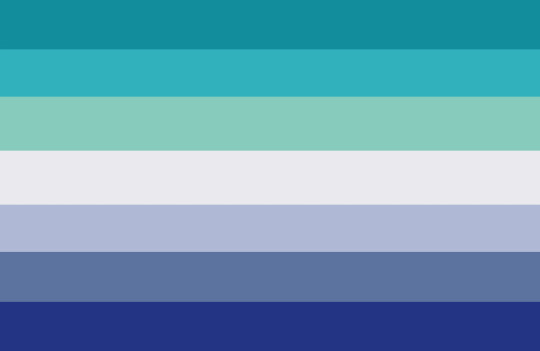

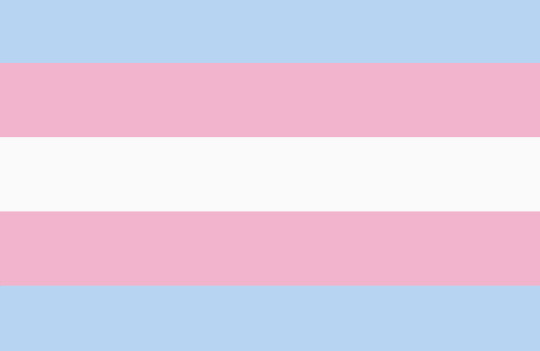
rainbow / gay / lesbian / trans




bi / nonbinary / pansexual / polyamorous
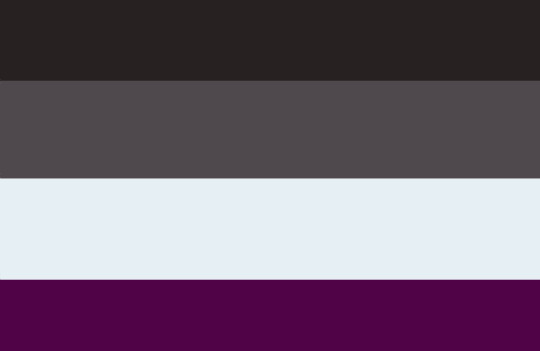

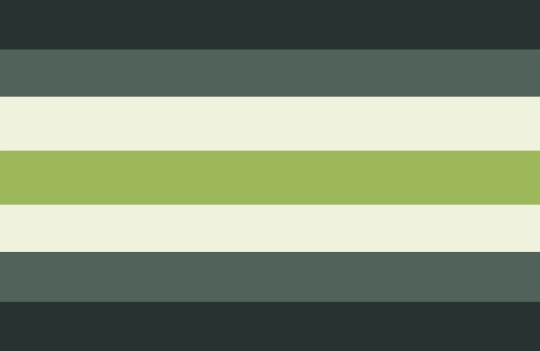

asexual / aromantic / agender / aroace

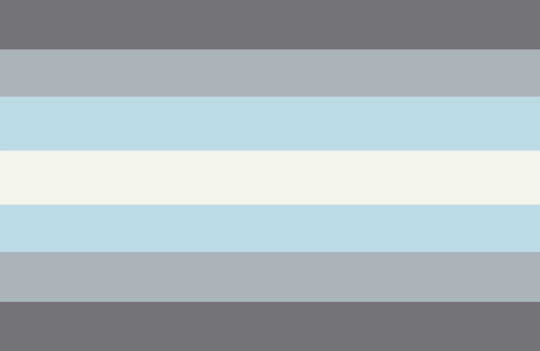
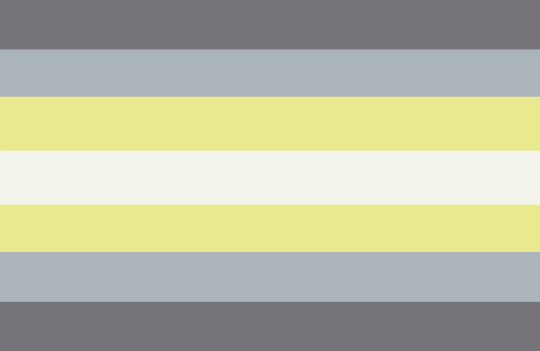

bigender / demiboy / demigender / demigirl



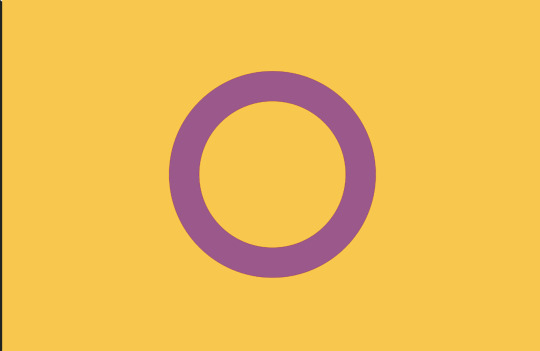
demiromantic / demisexual / greyromantic / intersex
this is all i'm going to put in this post but i will keep adding more flags in batches in the reblogs!
if there's a flag you want that i haven't done feel free to ask for it!!! (in asks or in the replies)!
#warrior cats#wc#lgbtq#lesbian#gay#trans#transgender#flag#pride flag#long post#ray art#<-??????? sure
2K notes
·
View notes
Text

#genderfluid#trans#nonbinary#lgbtq#lgbtqia#genderqueer#transgender#lgbt#lgbtq+#enby#affirmations#shitpost#flag#pride flag#genderfluid pride#mine#my art#shitty thingy
785 notes
·
View notes
Text
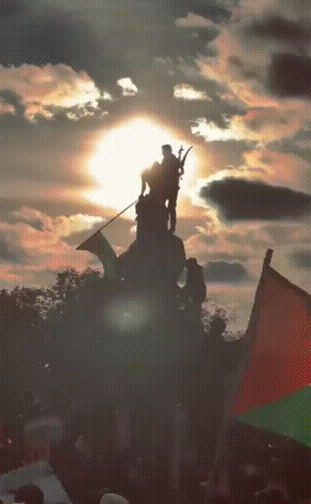
November 4, 2023 - A protester raises the Palestinian flag as thousands marched in Berlin in solidarity with the Palestinian people, and in condemnation of the German government's reprehensible support for Israel's war crimes and apartheid. [video]
#free palestine#palestine#solidarity#palestina#berlin#germany#deutschland#flag#gif#2023#anti-colonialism#gaza#apartheid#occupation
8K notes
·
View notes
